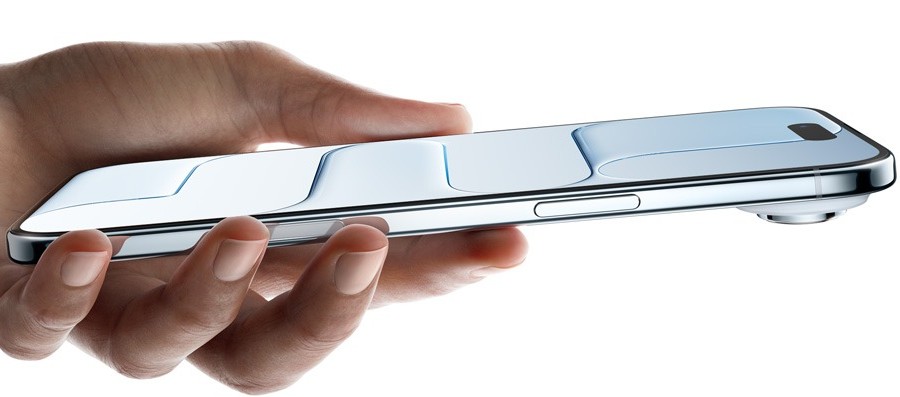Frequent flyers clocking over 50,000 miles annually know economy cabins weren’t designed for human comfort. The question isn’t whether you’ll be uncomfortable on that next transatlantic flight, but how much. These flight hacks work like cheat codes, transforming cramped seats into something resembling civilization. After scouring travel forums and flight attendant insights, we’ve compiled tested strategies to minimize jet lag, maximize comfort, and maybe even enjoy that in-flight movie.
20. Travel Pillow
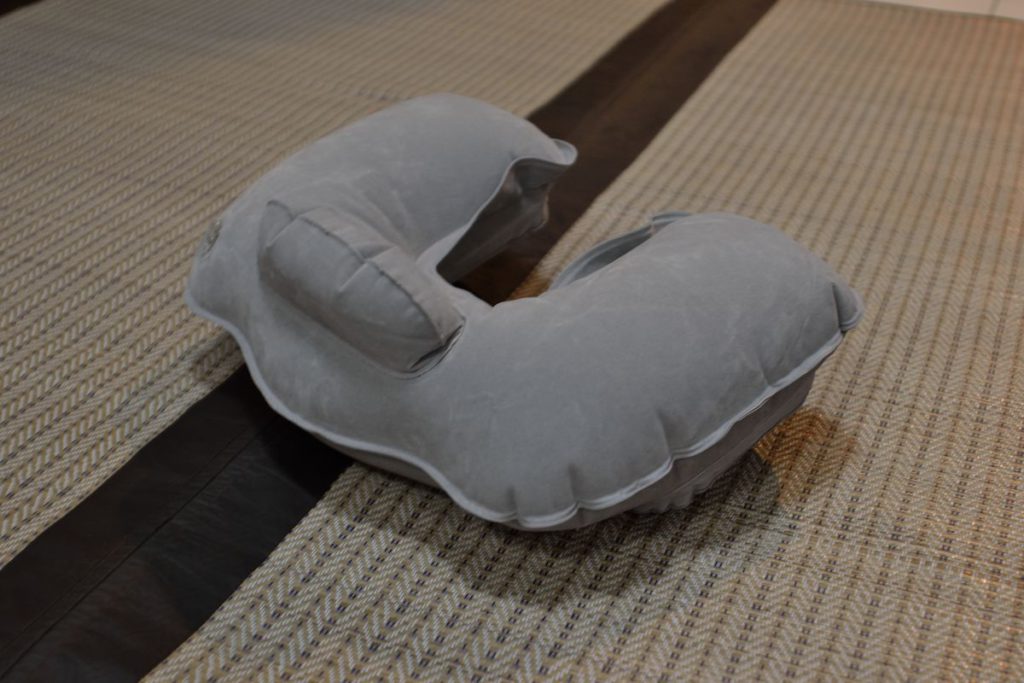
Ditch flimsy U-shaped pillows for headrest-attached versions that actually stabilize your head.
Those sad U-shaped pillows are basically deflated pool toys masquerading as comfort accessories. Anyone who’s dozed off on a red-eye knows the bobblehead effect when your unsupported melon does gravity’s bidding. A proper travel pillow attaches to the headrest, stabilizing your head and preventing that zombie-audition slump. Look for one offering genuine neck support—your pain-free future self will send thank-you notes.
19. Contoured Blackout Eye Mask
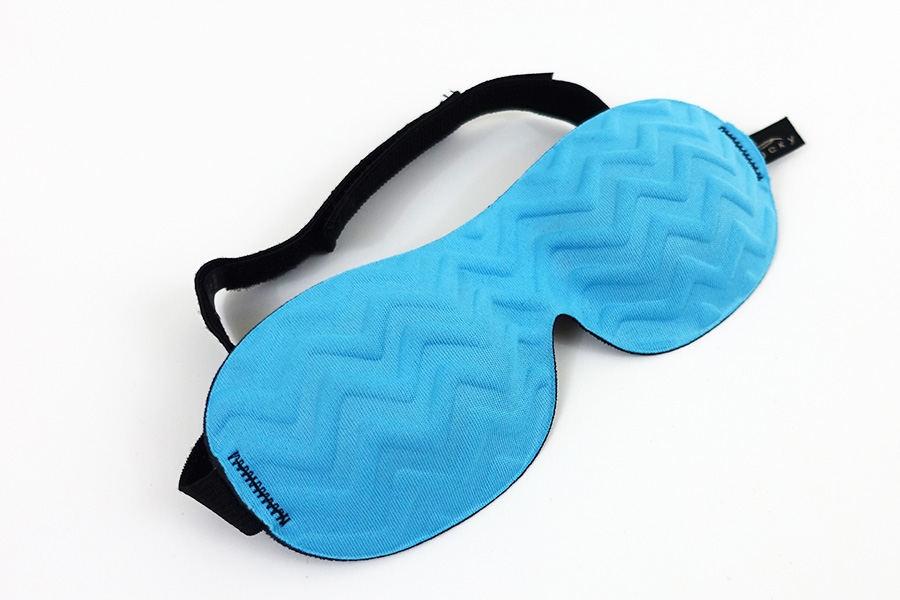
Block all light with a contoured mask that signals sleep time without pressing on eyelids.
Economy seats may feel like torture chambers, but quality sleep remains possible. A contoured blackout eye mask becomes your personal do-not-disturb sign, blocking all light to trigger natural sleep responses. The best versions don’t press on eyelids, creating a comfortable seal. Pair with noise-canceling headphones, and you’ll transform your metal tube experience into something resembling a spa retreat at 35,000 feet.
18. Noise-Cancelling Headphones

Create an instant mute button that transforms chaotic cabin noise into peaceful silence.
Plane engines hum in the key of “annoy,” drowning out any chance of relaxation. Quality noise-canceling headphones cut through engine drone and cabin chatter, creating what feels like a serene bubble. Whether you’re trying to sleep, watch movies, or simply escape the armrest hog’s conversation about cryptocurrency portfolios, these headphones let you tune out distractions and reclaim your sanity.
17. Soft, Breathable Layers

Pack hoodies or zip-up fleeces to combat unpredictable cabin temperature swings.
Cabin temperatures swing from stuffy to arctic faster than you can say turbulence. Soft, breathable layers become essential survival gear—think hoodies or zip-up fleeces you can add or remove as needed. Anyone who’s battled a personal ice age at cruising altitude knows proper layering makes the difference between comfort and misery. Consider these layers your trusty sidekicks in the ongoing war against unpredictable cabin climates.
16. Travel Pants or Joggers
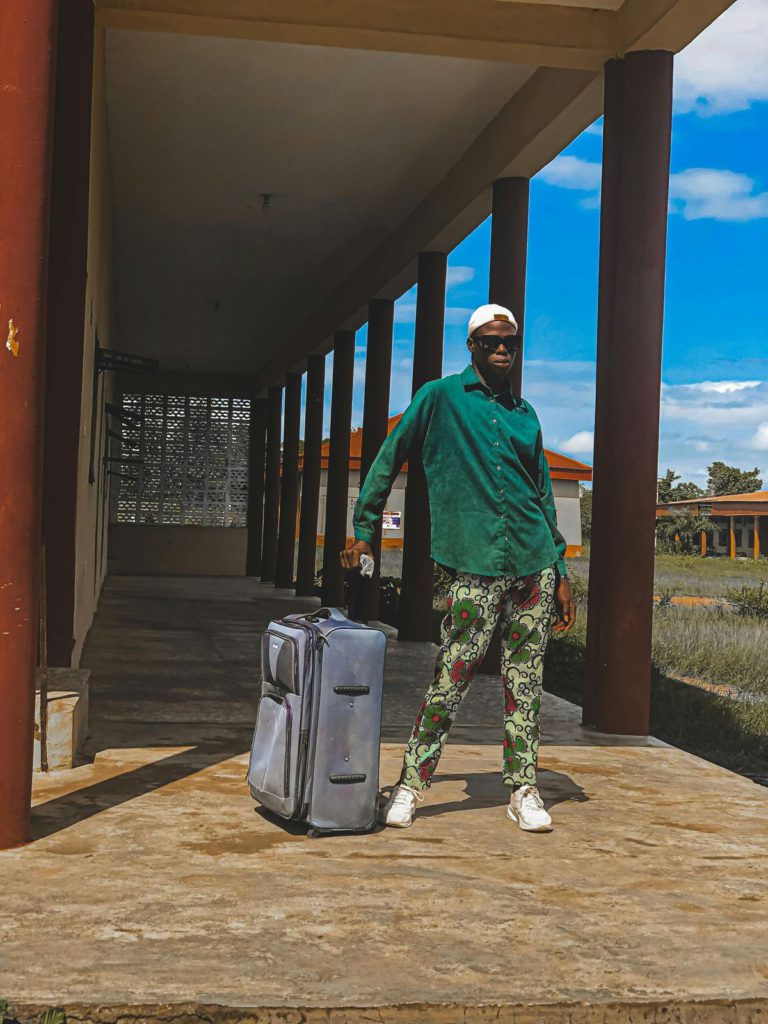
Choose gentle waistbands over restrictive denim for hours of seated comfort.
Denim becomes your circulation’s worst enemy during long flights—gravity and physics don’t negotiate. Soft travel pants or joggers with gentle waistbands prevent that digging sensation after hours of sitting. The right pants feel like perpetual hugs, unlike that screaming infant two rows up who definitely won’t improve your experience. Remember: comfort isn’t just luxury; it’s survival strategy at altitude.
15. Slip-on Shoes and Thick Socks

Choose easy-removal shoes and pack woolly socks for inevitable foot swelling at altitude.
TSA’s already a shoe-removal party, so make it comfortable. Slip-on shoes handle security checkpoints and inevitable foot swelling at 30,000 feet. Ditch those airline-issued sock puppets for thick, woolly wonders that transform cabin wandering into spa-like experiences. Think of it as swapping concrete shoes for clouds—your feet deserve fuzziness while waltzing through recycled air.
14. Foot Hammock

Transform under-seat space into a comfort zone with this suspended footrest.
Watching someone sleep upright with dangling legs resembles a sad giraffe attempting yoga. This tray-table-mounted sling creates a suspended footrest, basically a tiny hammock for your feet. Elevating legs improves circulation, prevents swelling, and reduces lower back strain—small wins when crammed into 17-inch-wide seats. Check airline policies first; you don’t want hammock-related shenanigans derailing your journey.
13. Compression Socks
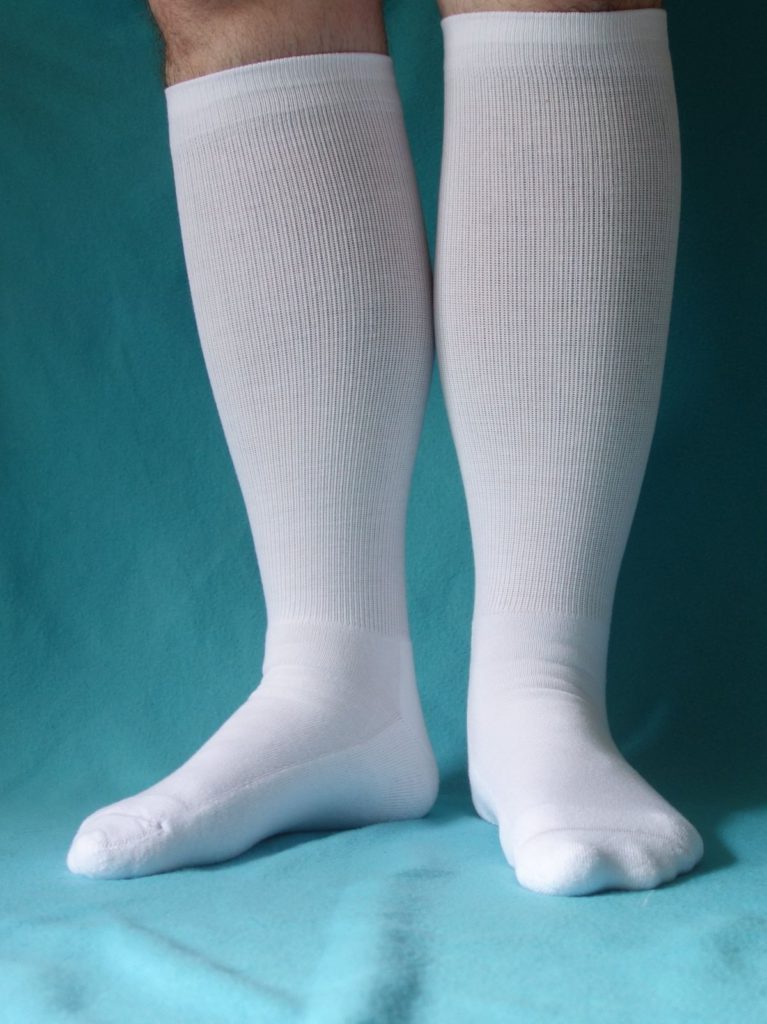
Use graduated pressure to encourage blood flow and prevent dangerous clots.
Those knee-highs aren’t just grandma’s fashion statement—she was onto something. Compression socks use gentle, graduated pressure to encourage better blood flow, combating that heavy-leg feeling after long flights. More importantly, they reduce swelling and lower deep vein thrombosis (DVT) risk. Anyone who’s felt post-flight leg heaviness knows these socks deserve carry-on space over that third mini shampoo bottle.
12. TSA PreCheck
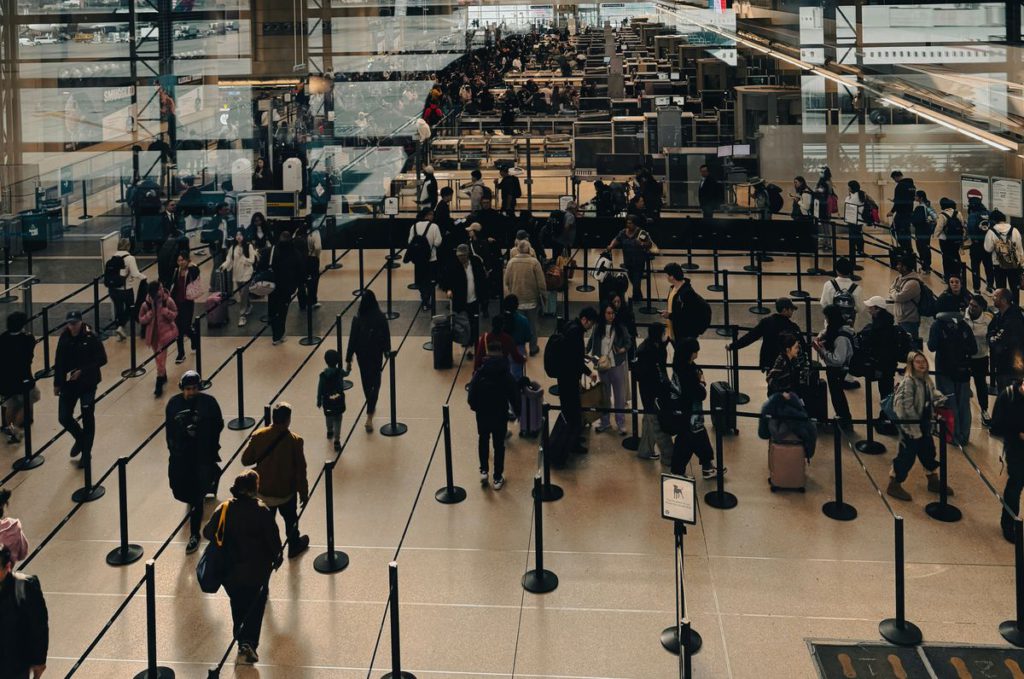
Breeze through security with 99% of passengers waiting under 10 minutes.
Express security programs aren’t just for the chronically late—they’re sanity savers for anyone valuing their time. TSA PreCheck delivers backstage airport access, with 99% of passengers waiting less than 10 minutes. Keep shoes on, laptops tucked away, and liquids safely stowed while regular travelers disassemble their lives behind you. More time for overpriced airport coffee or pre-flight lounge cocktails.
11. FlightAware
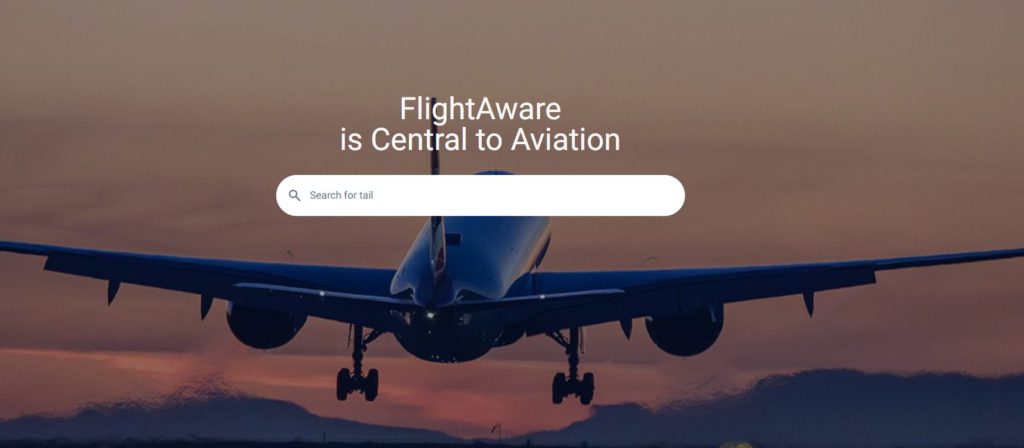
Track real-time flight status like having a co-pilot in your pocket.
Airlines don’t always update terminal screens promptly, but FlightAware delivers real-time flight tracking. This hawk-eyed friend spots gate changes before you’ve left the lounge, preventing terminal sprints or missed connections. Picture sipping bitter espresso at Charles de Gaulle when FlightAware buzzes about a gate change—that heads-up could save your entire itinerary.
10. Seat Selection Websites
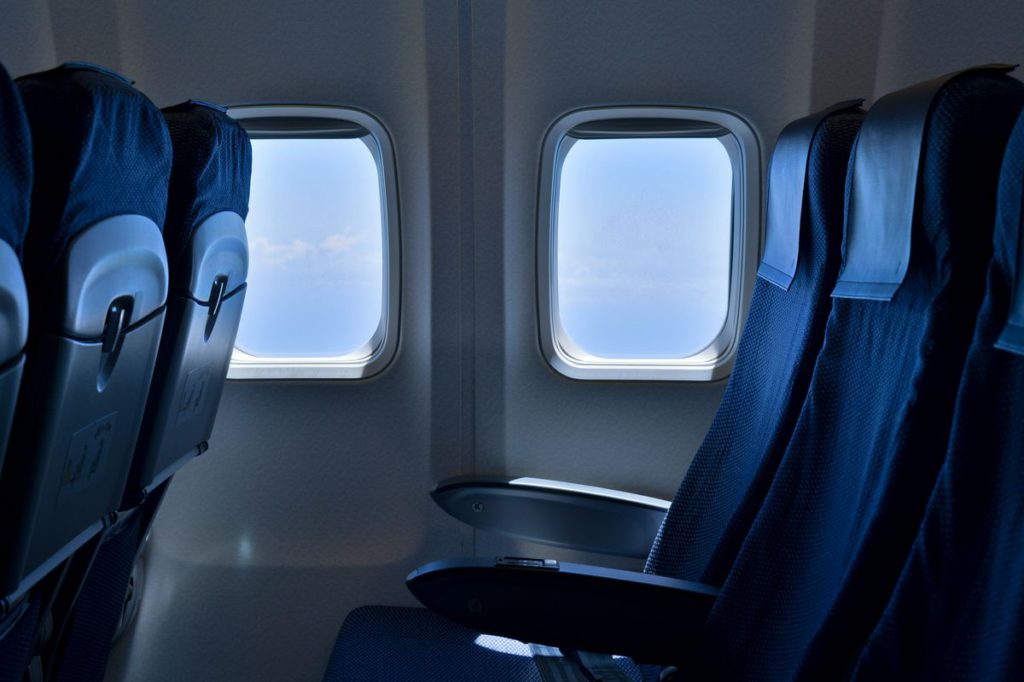
Use seat maps to avoid galleys, lavatories, and other comfort killers.
Airline seat maps might seem random, but sites like SeatGuru reveal the truth about plane layouts. Get intel on window placement, galley proximity, and bathroom traffic before clicking “confirm.” Go full Goldilocks and pick what’s just right—whether chasing uninterrupted window sleep or plotting strategic aisle bathroom breaks. Avoid seats near galleys or lavatories unless you enjoy constant flushing symphonies and microwave dings.
9. Adjusting Sleep Schedule
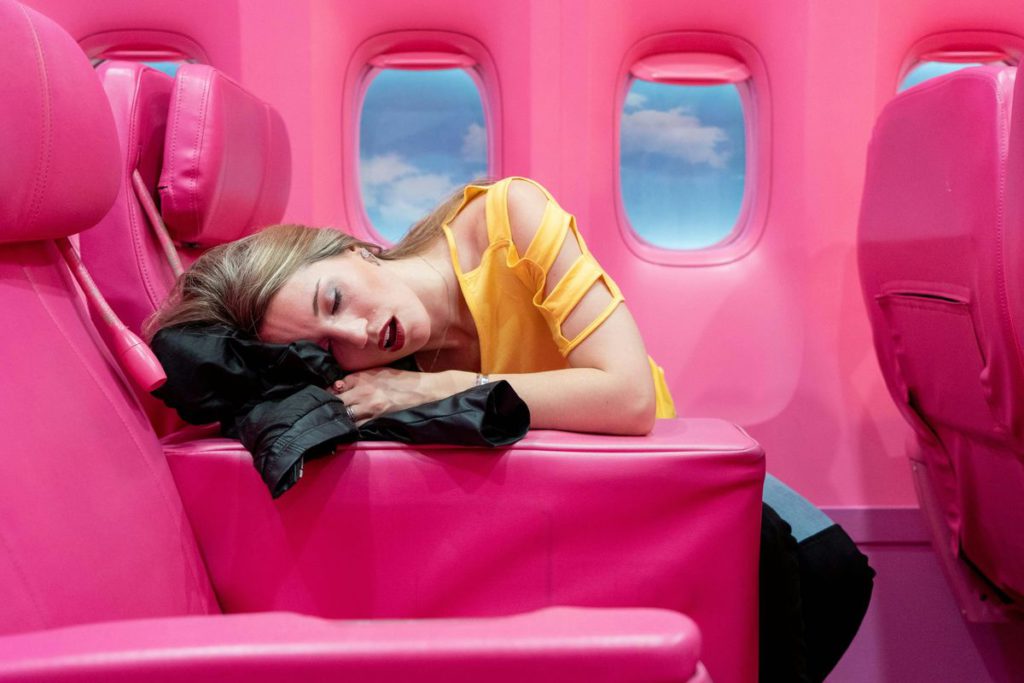
Gradually shift your schedule pre-flight and embrace destination time immediately.
Gently nudge your sleep schedule by an hour or two before departure, easing your body into the new time zone like introducing solid foods to a toddler. Upon boarding, set your watch and phone to destination time with method-actor intensity. Resist in-flight caffeine or alcohol, and flood yourself with natural sunlight upon landing—it’s like solar-powered circadian rebooting for bodies throwing 3 AM brunch tantrums.
8. Carry-on Only
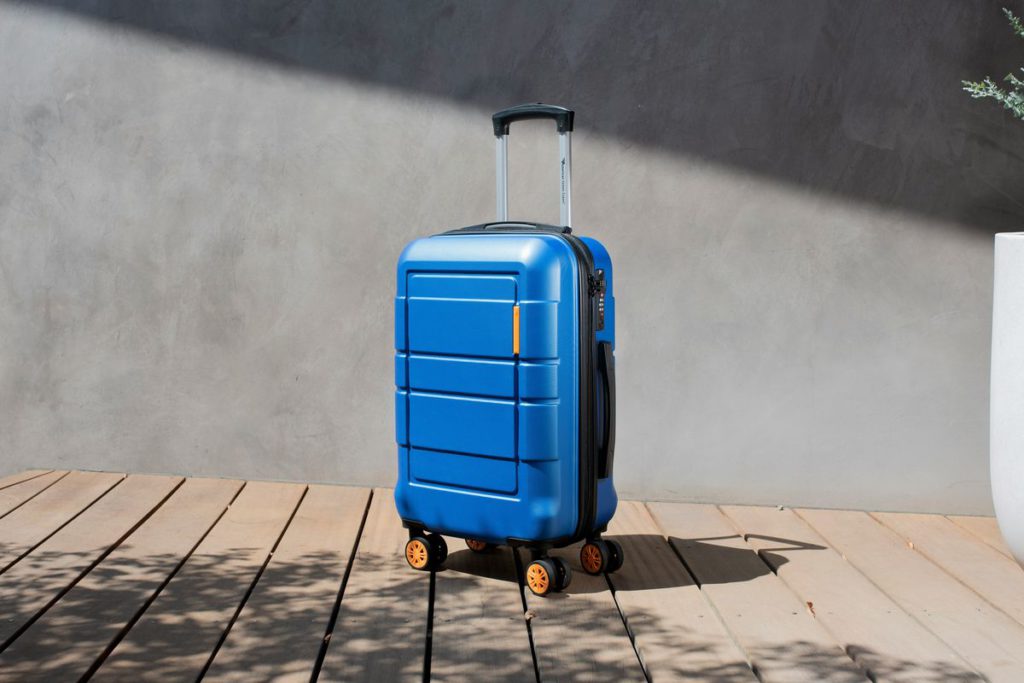
Skip baggage claim chaos and eliminate lost luggage risks entirely.
“Baggage claim” strikes fear into seasoned travelers’ hearts. Rolling with just carry-on means zero luggage hide-and-seek games, letting you strut straight off planes and bypass chaotic baggage halls. Packing light forces intentional choices—like travel Marie Kondo, bringing only joy-sparking items. You might feel naked initially, but then you’ll realize the stress reduction is worth potentially forgetting your toothbrush.
7. Light Jacket or Cozy Sweater

Pack personal climate control for cabin temperature extremes.
Window seat views come with century-long chills—plane shells hit minus 40°F, and AC systems don’t always cooperate. Treat your carry-on like a personal climate-control kit, stashing light jackets or cozy sweaters like precious cargo. If you forget, politely ask flight attendants for blankets—it’s like requesting extra guac: sometimes you score, sometimes you don’t.
6. Bottled Water

Avoid questionable airplane water systems with sealed beverages.
Airplane water tanks rarely get proper cleaning, making hot beverages potential gut-roulette games. Stick to sealed bottled water or juice to avoid E. coli encounters. You might look like a diva lugging bottles through security, but staying hydrated beats spending flights in airplane bathrooms—trust us, those spaces aren’t comfort destinations.
5. Sanitizing Wipes
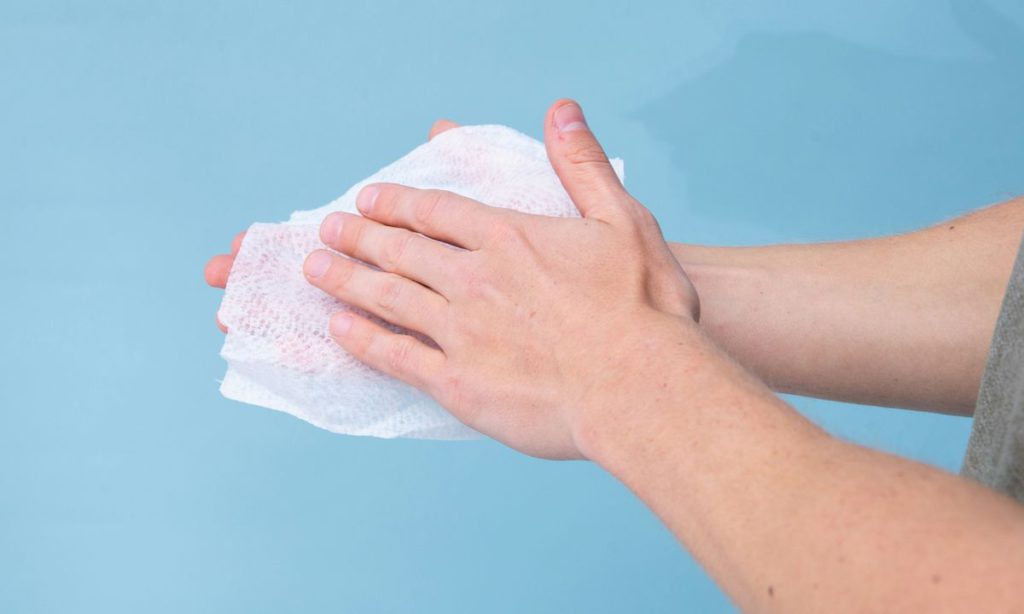
Combat germ-central tray tables and seatback pockets with portable cleaning power.
Tray tables rank as planes’ filthiest surfaces, touched by hundreds of daily hands without regular cleaning. Seatback pockets become black holes for crumbs and forgotten tissues, rarely seeing scrub brushes. Pack sanitizing wipes like pocket-sized peace of mind, giving surfaces thorough once-overs before settling in. Consider it preemptive germ warfare preventing epic gastrointestinal travel stories.
4. Early Flights
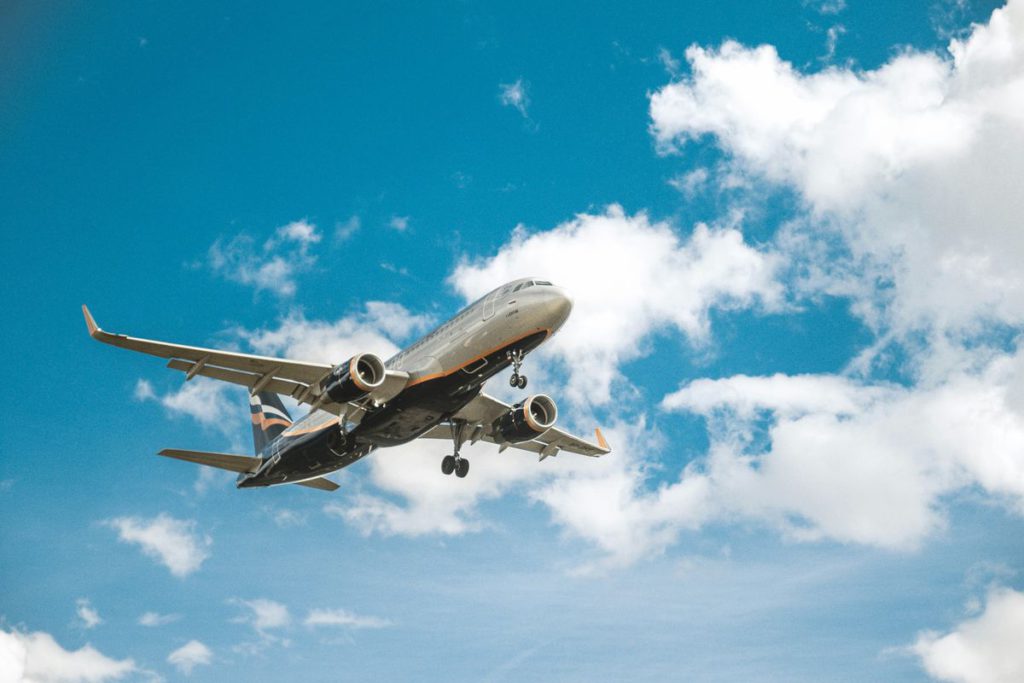
Dodge delay dominos and enjoy calmer morning air conditions.
Morning flights beat the chaos when delayed planes create schedule dominos across departure boards. Early flights typically encounter smoother air conditions, making turbulence-haters happier. That 6:00 AM flight bets on clearer skies and fewer delays—essential when catching connections where every advantage counts. Getting ahead of airline chaos usually pays dividends.
3. Special Meals

Score fresher food served first with smaller-batch meal options.
Regular airline meals are edible, but special meals get crafted in smaller batches, loaded first, and tend to taste fresher. While everyone eyes sad-looking chicken, yours arrives first, piping hot and smelling like actual kitchen creations. It’s about claiming dignity in flying metal tubes—among armrest hogs and screaming babies, choosing better meals becomes small victory territory.
2. Aisle vs. Window Seats
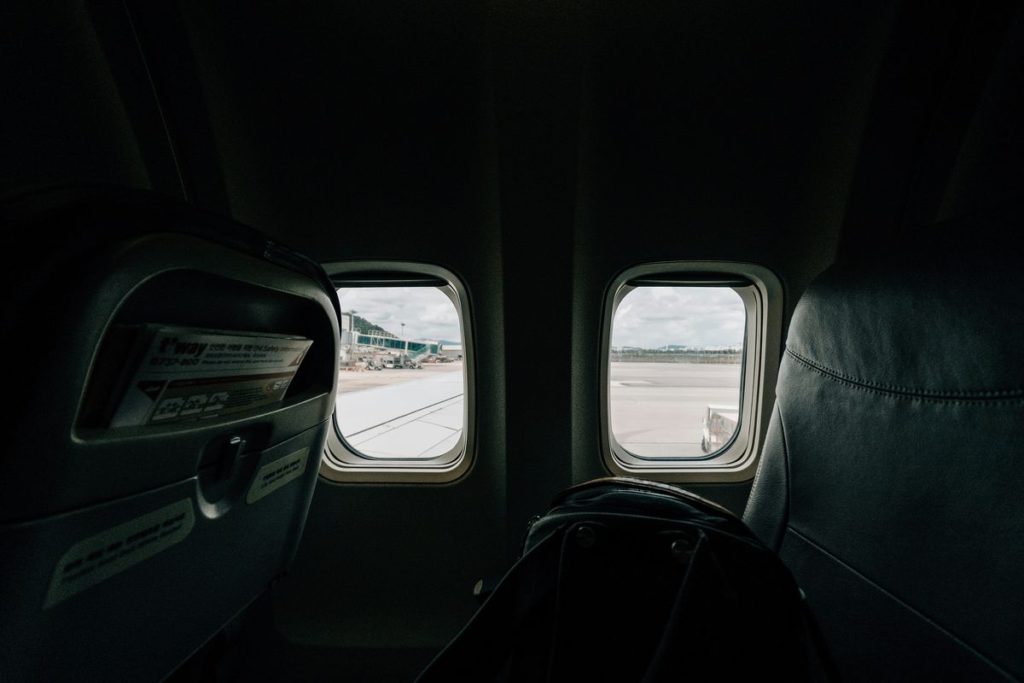
Choose aisle for mobility or window for uninterrupted quiet and views.
Aisle seats offer bathroom freedom and stretching space, while windows provide sleep-friendly walls and spectacular views. Avoid middle seats unless you enjoy playing armrest referee between strangers. Both aisle and window choices beat the social sandwich situation, where you’re trapped between someone’s elbow and another’s shoulder for hours.
1. Inflatable Neck Pillows

Prevent neck cramps without feeling like you’re wearing medieval torture devices.
Neck cramps on long flights turn passengers into dashboard hula dancers. Inflatable pillows help stabilize heads, but never fully inflate before takeoff—leave wiggle room to avoid boa constrictor sensations. These cheap accessories make 35,000-foot sleeping significantly easier when you’re not fighting gravity and poor ergonomics simultaneously.










